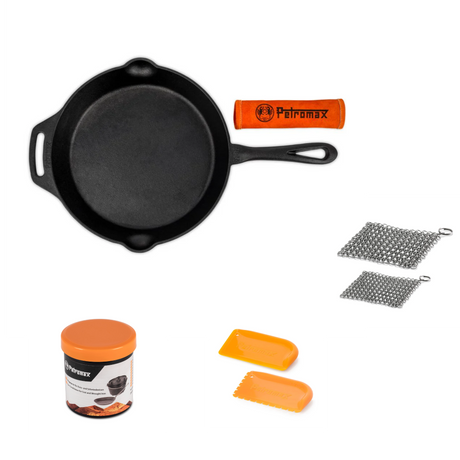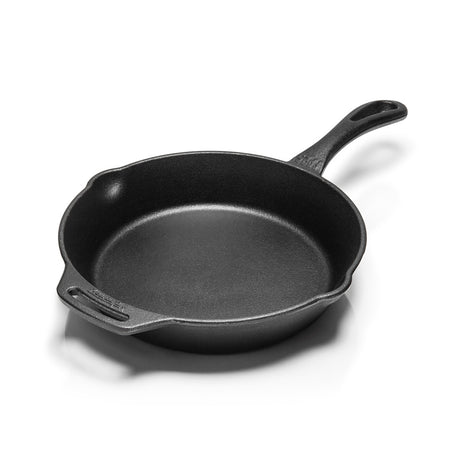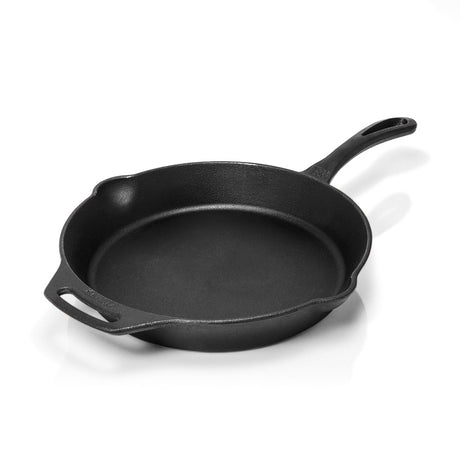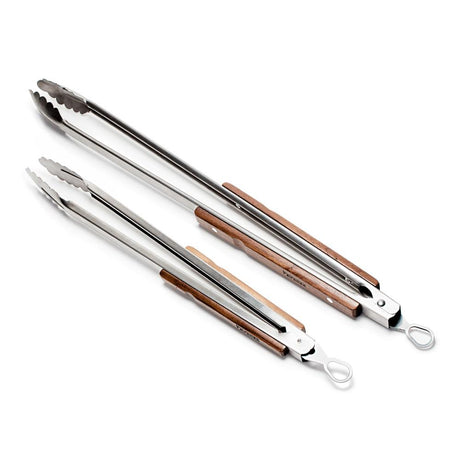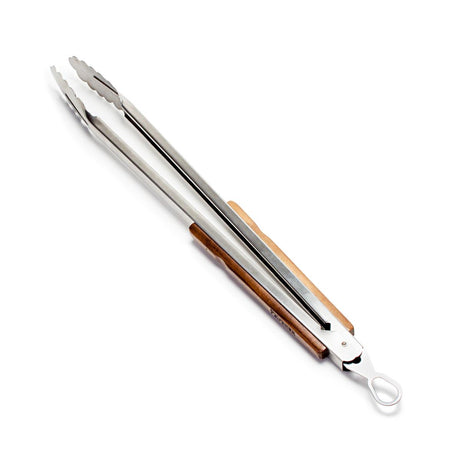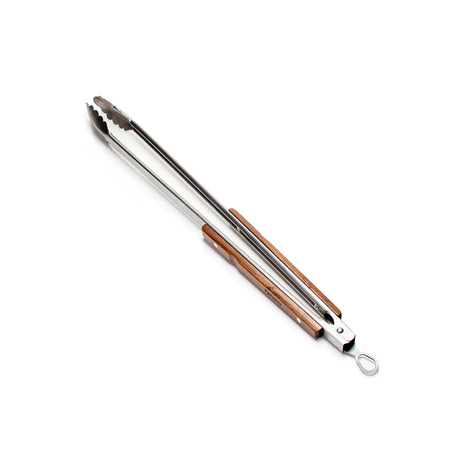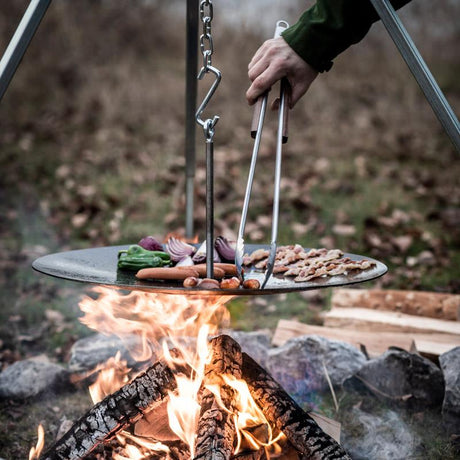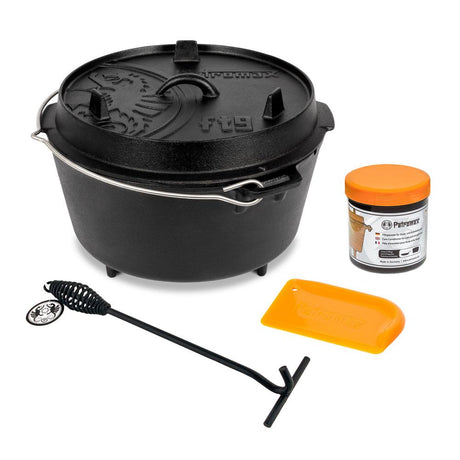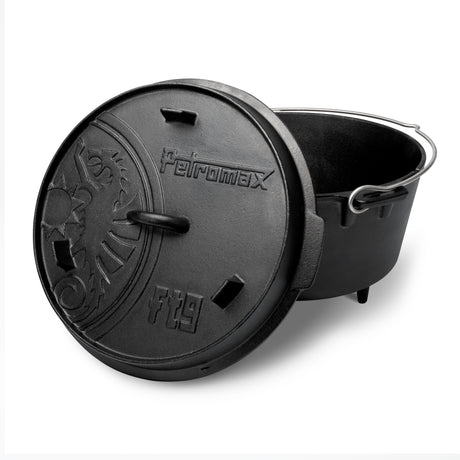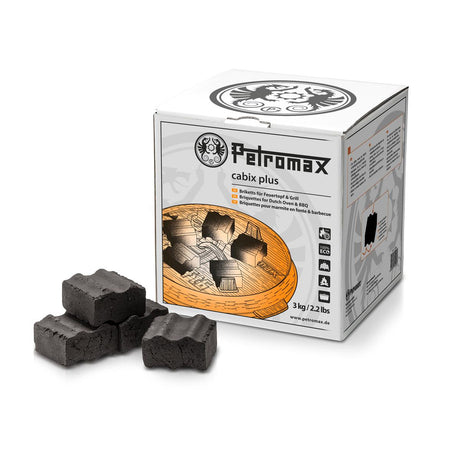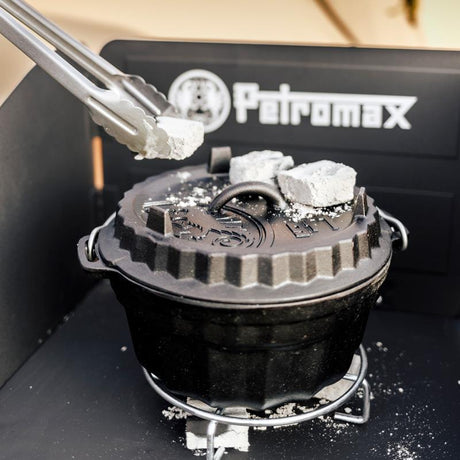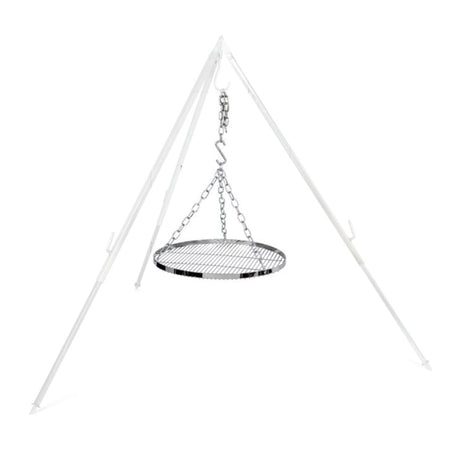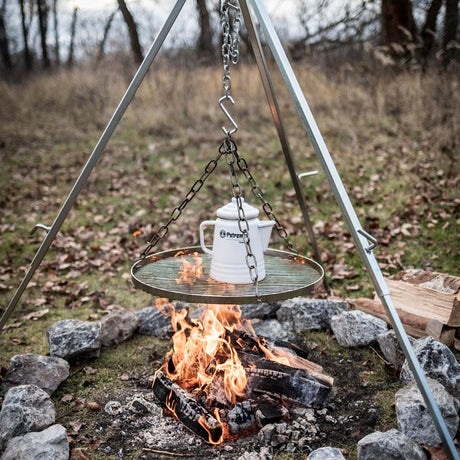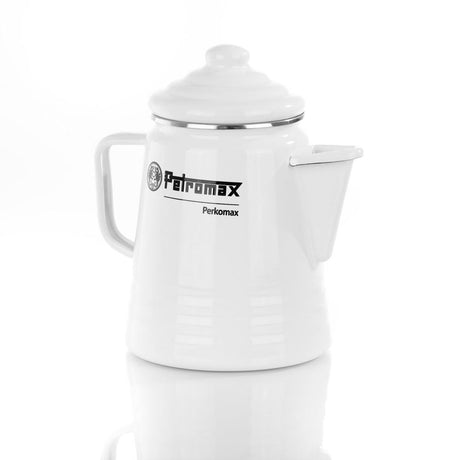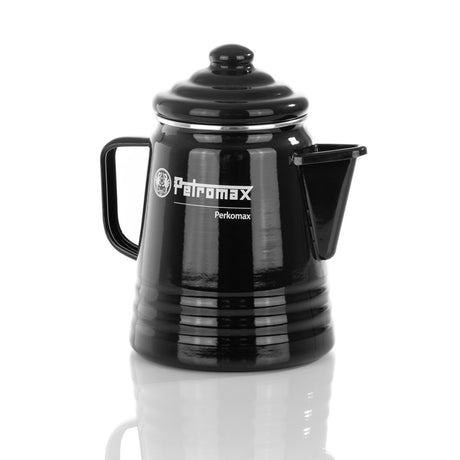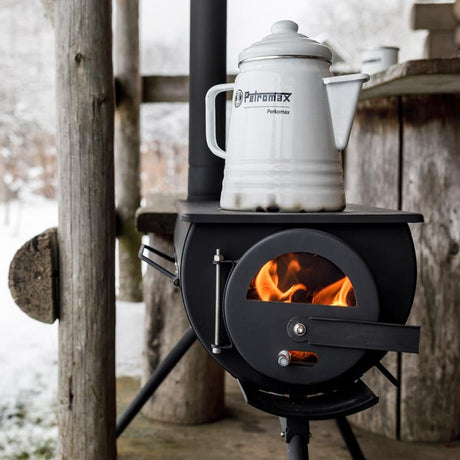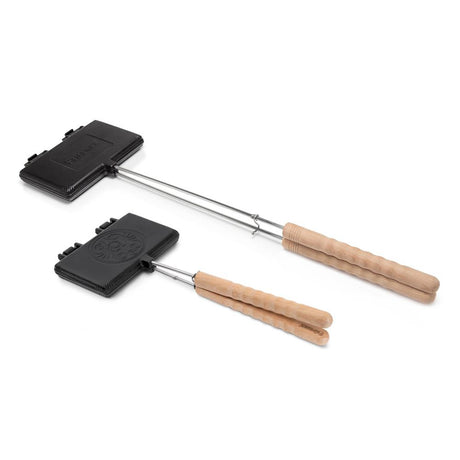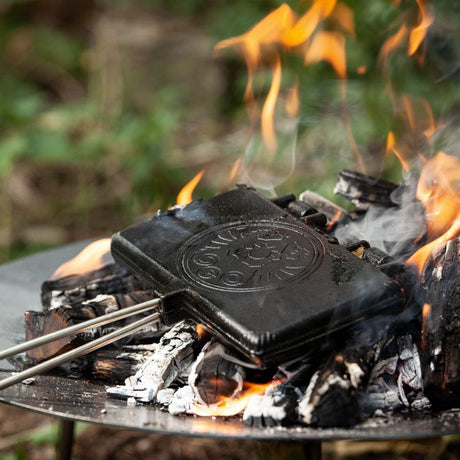If you've ever walked through the forest on a damp fall morning, you know how special this moment is: it smells of earth and leaves, the air is cool, and suddenly something golden shimmers in the moss - a mushroom! For many people, picking mushrooms is more than just a hobby. It's like a treasure hunt in nature, where you never know what's waiting for you behind the next tree. And maybe you've already asked yourself: when is the right time to start picking? The short answer: it depends. The long answer is here.
Table of contents
When is the best time to pick mushrooms?
Which mushrooms can beginners pick?
What should you bear in mind when picking mushrooms?
How can you tell the difference between poisonous and edible mushrooms?
Where can you find the best mushrooms?
What tips are there for mushroom pickers?
Conclusion
When is the best time to pick mushrooms?
When it comes to mushrooms, many people immediately think of fall - and yes, September and October are indeed considered peak season. This is when a particularly large number of the popular edible mushrooms grow, especially if it has rained beforehand and the temperatures remain mild. But the truth is: you can find mushrooms almost all year round - if you know what you're looking for.
The first morels appear in the forest as early as April. These early starters among the mushrooms like to grow in riparian forests and on calcareous soil - but they are not easy to find and recognize. From May onwards, summer mushrooms slowly start to appear, and between July and November you can enjoy the full spectrum of colors, shapes and flavors. During these months, the chances of finding porcini mushrooms, chanterelles, chestnuts and other edible species are particularly good.
Here is a rough overview of when you can find which mushrooms:
-
April-May: Morels
-
July-November: many edible mushrooms, including porcini mushrooms, chanterelles, parasols
- September & October: peak season - you'll find a particularly large number of species now
🗓 Tip: Use thePirsch.de mushroom calendar to plan your outings.
Whether a day is good for picking mushrooms depends not only on the calendar, but also on the weather. A few warm days after a good downpour - that's the jackpot. Then the mushrooms often just sprout out of the ground. Dry periods or strong winds, on the other hand, can slow down growth. If you go out regularly and observe nature closely, over time you will develop a good sense of when the conditions are right.
Which mushrooms can beginners pick?
If you are just starting to pick mushrooms, the variety of mushroom species can quickly become overwhelming. Some look confusingly similar, and unfortunately "looks tasty" is not a sure way of recognizing them. That's why it makes sense to concentrate on a few easily recognizable edible mushrooms at the beginning.
Porcini mushroom: firm, nutty, simply unmistakable - the classic par excellence
At the top of the list is the porcini mushroom. It has a firm, thick stalk, a brown, often velvety cap and a light-colored spongy tissue on the underside instead of slats. Add to this its nutty taste - and it's no wonder that it is popular with professionals and beginners alike.
Chanterelle: yolk-yellow, peppery in taste, easily recognizable by its ridges
The chanterelle is also well suited to beginners: bright yellow, with a slight peppery aroma and typical ridges under the cap, which are not easily mistaken for lamellae.
Parasol: large, umbrella-shaped, with a scaly cap - difficult to confuse
Another candidate is the parasol mushroom - it looks like an oversized mushroom with an umbrella, grows in clearings or meadows and is also easy to identify.
Mushrooms and autumn trumpets are also very popular!
IMPORTANT: Of course, none of this is a substitute for an identification book or a mushroom guide. If you are unsure, it is better to leave the mushrooms standing or contact an advice center. Because even if many edible species are delicious, their poisonous doppelgangers are unfortunately not.
What should you bear in mind when picking mushrooms?
Picking mushrooms is not just about getting as many tasty specimens as possible into your basket - it's also about responsibility. After all, you are intervening in a sensitive ecosystem. A few simple basic rules will help to ensure that you not only pick safely, but also sustainably.
Here are all the basic rules at a glance:
✅ Only collect for your own use: A maximum of one kilo per person per day is permitted
First of all: Please only collect for your own use. In most regions of Germany, the upper limit is one kilogram of mushrooms per person per day. It may not sound like much - but in the kitchen, that's more than you might think. If you are picking mushrooms for a mushroom risotto, this amount is easily enough for a proper dinner.
✅ No plastic bags! Use an air-permeable basket instead so that the mushrooms don't spoil
What you transport your finds in is also important. Plastic bags are taboo - they don't let air through, the mushrooms sweat in them and spoil quickly. In addition, fungal spores cannot spread. Better are airy baskets or cloth bags, in which the mushrooms can breathe well and at the same time release new spores on the way.
✅ Remove mushrooms carefully: It is best to twist them out or cut them off with a sharp outdoor knife
You should be careful when harvesting mushrooms. Mushrooms should not simply be torn off, but cut off cleanly at the stem with a sharp knife or carefully twisted out. This will minimize damage to the underground mushroom network - the actual living organism.
✅ Leave small or old mushrooms standing so that the mushroom network can regenerate
It is better to leave small or very old mushrooms standing. The small ones can still grow, the old ones serve as a habitat or food for insects - and in the kitchen they are usually no longer of much use anyway.
And very important: picking is only allowed if you really know the mushroom - otherwise hands off! If you want to be sure, you can follow the recommendations of the German Society for Mycology (DGfM) - or seek mushroom advice if you are unsure. This is particularly worthwhile for beginners.
How can you tell the difference between poisonous and edible mushrooms?
This question is onevery mushroom picker 's mind at some point - and for good reason. Unfortunately, some edible and poisonous species look confusingly similar. A fatal mistake can end in an upset stomach - or, in the worst case, in hospital. Therefore, never simply collect and eat "by feel". And don't blindly rely on apps or quick tests - they can be helpful, but are no substitute for in-depth knowledge.
A classic example is the button mushroom - deadly poisonous, but not particularly noticeable at first glance. It has white lamellae, a smooth white to greenish cap and a conspicuous tuber at the base of the stem, which is often stuck in the ground. Unfortunately, they are often confused with button mushrooms or other white mushrooms.
Here are some characteristics to look out for:
⚠️ Lamellae instead of strips: Many poisonous mushrooms such as the green button mushroom have lamellae - unlike chanterelles
⚠️ Striking colors and an unpleasant smell can be a warning sign
⚠️ Some edible mushrooms are poisonous when raw - for example the butter mushroom
💡 If you are unsure: take a photo, make a note of where you found it and consult a mushroom advice center of the German Society for Mycology (DGfM).
Where can you find the best mushrooms?
Now it's getting exciting - because many mushroom enthusiasts guard their locations like a treasure. But they don't have to be that secret. With a little knowledge about forest types and soil conditions, you can discover good spots even as a beginner.
Many edible mushroom species prefer to grow in deciduous or mixed forests. Porcini mushrooms, for example, are often found under beech or spruce trees - especially where the soil is slightly damp and mossy. Chanterelles like it light and loose, preferably in coniferous forests with sandy soil. Parasol mushrooms, on the other hand, are often found in clearings, on forest edges or even in meadows. The location therefore reveals a lot about the likelihood of encountering certain species.
Here are a few tips:
🌳 Porcini mushrooms love mossy beech and spruce forests
🌲 Chanterelles often grow in clearings in coniferous forests
🌿 Parasol can be found in forest clearings or meadows with trees
Mushrooms themselves are only the "fruits" of a much larger organism - the fungal network under the ground, also known as mycelium. This network often lives in the soil for decades and forms fruiting bodies (i.e. what we see as a mushroom) when the temperature and humidity are right. And the best thing is that once you have discovered a good spot, you can often collect mushrooms there again year after year - provided you treat the location with care and give the mycelium time to recover.
What tips are there for mushroom pickers?
If you go mushroom picking more often, you will develop your own tricks over time - but a few basic tips will make it easier for you right from the start.
🍄 Only pick fresh, firm mushrooms, no muddy or wormy specimens
🔄 Carefully turn out the mushrooms instead of tearing them off - this keeps the mushroom network intact
🔍 Let small mushrooms grow, they are often difficult to identify and bring more joy later
🍳 And after picking? The best reward for a successful foraging trip is, of course, cooking. Many types of mushrooms develop their full flavor in a high-quality outdoor pan - whether fried with onions, tossed in butter or as part of an autumn stew. They taste best when freshly picked.
Conclusion: When to pick mushrooms? Whenever you're ready
Picking mushrooms is more than just an outing - it's a nature experience that sharpens your eye, teaches you patience and can be really tasty. Whether you're looking for morels in spring or wandering through damp forests in October, it's important that you go with respect and curiosity. After all, picking mushrooms not only teaches you about plants and soil, but also about your own pace.
So: pack your rucksack, take your knife and off you go. The best mushrooms grow out there - and you will find them.







